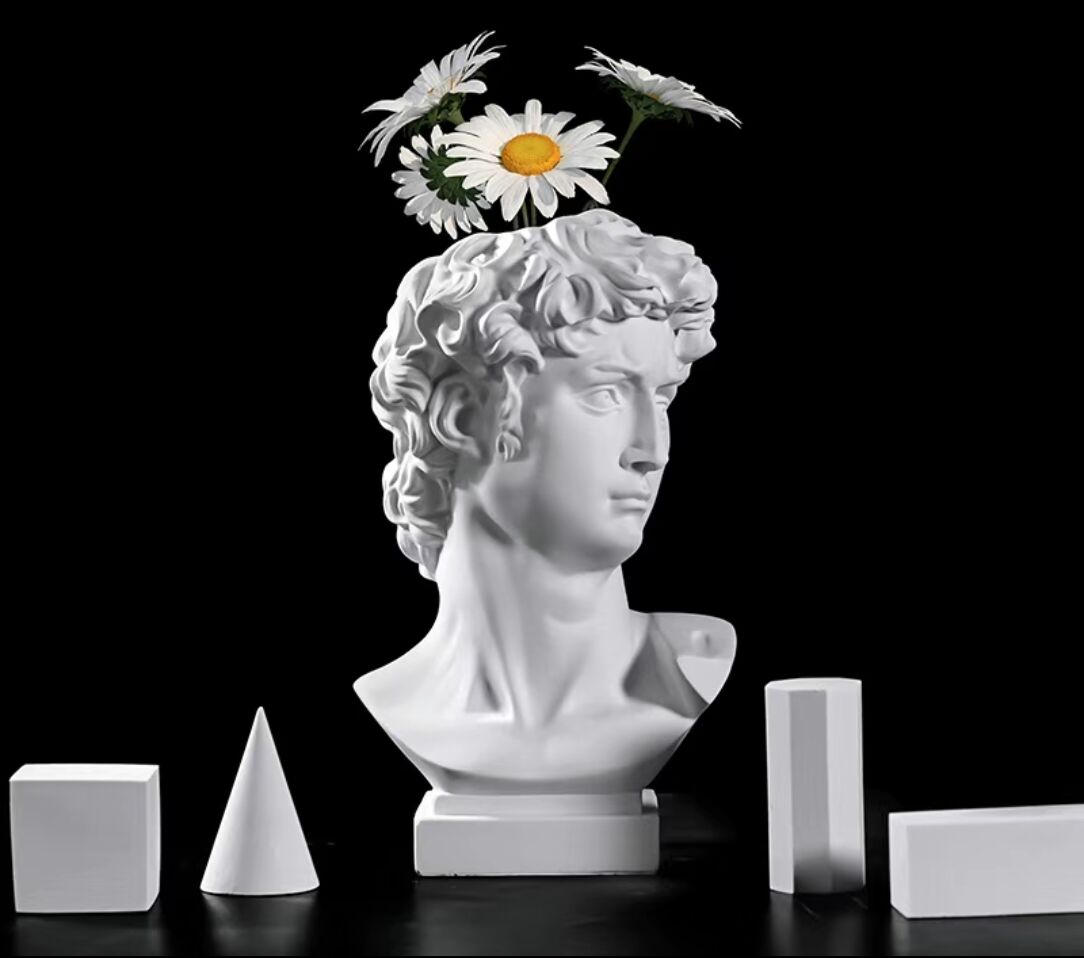Anatomical Precision and Natural Movement
Greek sculptors achieved remarkable anatomical accuracy through careful observation and understanding of human physiology. They developed the contrapposto pose, where weight shifts to one leg, creating a natural, dynamic stance that revolutionized the representation of the human figure. Their mastery extended to subtle details like the rendering of skin, muscles, and bones beneath the surface, creating an illusion of living flesh in stone or bronze. This achievement was particularly evident in their treatment of drapery, where cloth appears to cling and flow naturally around the body, revealing the form beneath while maintaining its own physical presence.












